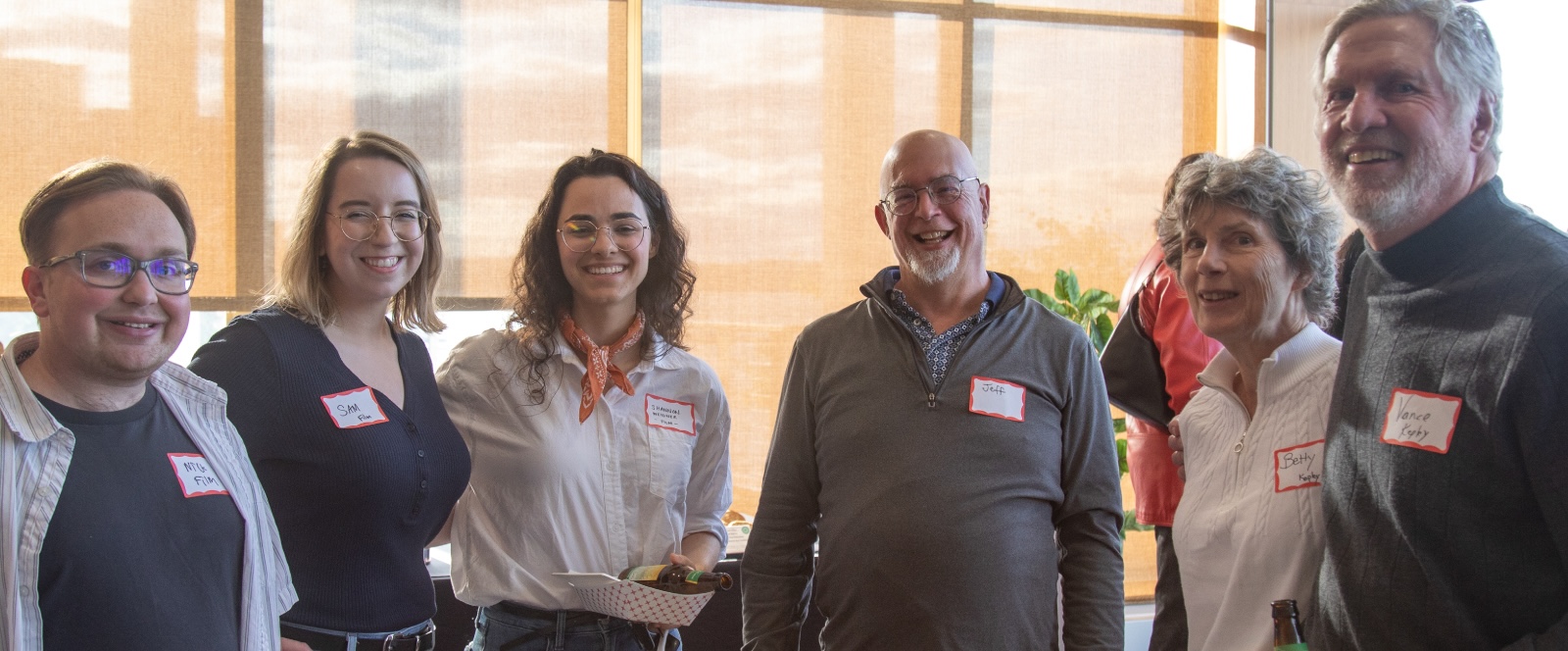The Department

Communication Arts is one of the largest departments in the College of Letters and Science, with upwards of 600 undergraduate majors and a graduate program of 80 MA and PhD students. Nearly 4000 students enroll in its classes each semester. The department offers two tracks of study at the undergraduate level: Rhetoric and Communication Science, and Radio-TV-Film. At the graduate level, degrees are offered in Media and Cultural Studies, Rhetoric, Politics, & Culture, Film, and Communication Science. We teach media production courses as well as critical studies. Students and faculty in Communication Arts analyze the production and consumption of communication in all its forms: its influence and effects, its history and industry structures, the uses to which it is put, its characteristic forms and texts, and the technologies through which it is made, distributed, and used. Communication is one of the fastest-growing fields in the humanities and social sciences today.
The department has taken the lead in the critical study and production of digital media. In the Fall of 2012 we began offering students from across the campus the opportunity to earn a Digital Studies Certificate as part of their BA programs. This is part of an interdisciplinary initiative in the digital humanities supported by Madison Initiative for Undergraduates funds, with five main departmental partners: Communication Arts, Library and Information Studies, Journalism and Mass Communications, English, and Art. We also offer one of the basic Communication-A courses for the whole campus, CA100, Introduction to Public Speaking, which enrolls more than 1000 students each year. The Department also carries on extensive outreach through our fifty-year custodianship of one of the leading archives of film, theater, and television-related materials in the nation, the Wisconsin Center for Film Research; in our Center for Communication Research with its lectures, research projects, and seminar programs; and in our weekly Cinematheque film screenings that bring in audiences from across the campus and the community.
Our Mission
The UW-Madison Department of Communication Arts produces communication scholars and practitioners who make a difference on campus and in the world. Wisconsin students engage in a wide range of study and practice in all forms of human communication. Our curriculum combines critical analysis with practical application to give depth and perspective to life in a mediated age. Communication Arts graduates make an impact in their chosen fields through their understanding and practice of effective communication.
Our Vision
We prepare our students for the future by engaging them in an expanding, interdisciplinary program of communication research and practice while showing them how to make a positive difference in the world through leadership in effective communication.
We accomplish our mission and vision by:
- Challenging our students to become skilled and critical consumers and producers of communication in all its forms through a balanced, well-designed, and forward-thinking curriculum that is constantly innovating;
- Producing first-rate scholarship and creative work that explores the complexities of human communication and expression, in constant exchange with the larger community;
- Engaging the Communication Arts community in lifelong learning and sharing, beginning as students and continuing as alumni, through outreach and stewardship;
- Advancing the Wisconsin Idea by using our skills and training to improve communication, media, and culture in the world around us.
Our Priorities
We are strongly committed to identifying and obtaining the resources that are essential to realizing our mission and vision. We know that the core ingredients for success fall into three categories: Scholarly Excellence, Facilities and Technology, and Community Building. In what follows, we review past accomplishments and look toward the horizon in each area.